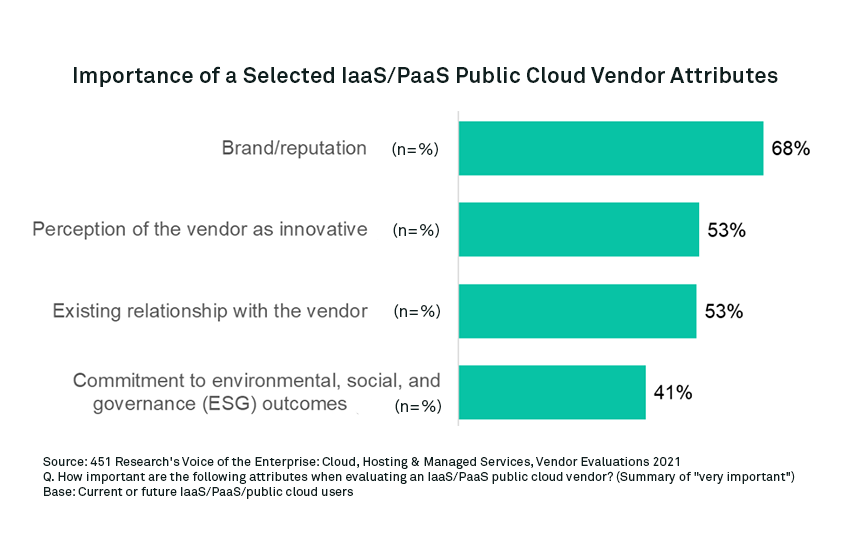
The term ESG emerged in the 2000s as investors examined the role of environmental, social and governance value drivers in asset management and financial research. The ESG phenomenon has since morphed into one of the most significant agendas across all sectors of the economy, with implications well beyond asset value and financial impact. Major commitments are being made in company boardrooms, but the ESG mandate is challenging to embrace, both from a reporting/technical and a commercial/strategic perspective.
While the concept of holistic ESG data capture and reporting has been thrust to the forefront relatively recently, initiatives focusing on corporate social responsibility and sustainability have been widely pursued for decades, albeit with varying levels of enthusiasm. As companies grapple with the process of capturing and exposing data to showcase their broader ESG commitments and progress, investors, consumers, technology buyers, end users and suppliers are making a case for visibility across industries by increasingly making ESG variables a component in their decision-making, conferring a competitive advantage to companies with more attractive ESG and sustainability metrics.
The Take
Organizations are increasingly focusing on the impact they have on the environment and how the environment is affecting their business activities. S&P Global ESG Scores assess sustainability based on the risks and opportunities represented by key environmental, social and governance/economy public disclosures. 451 Research’s data employed S&P Global ESG metrics to score IT infrastructure providers. Resulting data indicates that cloud infrastructure vendors are producing higher environmental scores compared with their hosting and colocation peers because cloud servers are much more efficient, in general, and are much more highly utilized than enterprise servers.
For most organizations, running IT infrastructure is not a core business competency, and cloud service providers can be instrumental in helping them increase energy efficiency and reduce waste. As more jurisdictions require organizations to publish reports on ESG factors, S&P Global ESG Scores can shed light on an organization’s impact on the environment when assessing ESG performance.
Importance of ESG initiatives
Organizations around the world are increasingly focusing on how their business activities affect the environment and vice versa. Confirmation of the commercial importance of ESG variables can be found in our Digital Pulse, Environmental Impact 2022 study, in which 76% of respondents indicate that the environmental impact of potential technology purchases is very important or somewhat important to their organization’s decisions. This sentiment is most pronounced for businesses in the financial and software IT services verticals, as well as among digital transformation leaders.

Additional survey data points to the importance of ESG initiatives in evaluating IaaS/PaaS public cloud providers. In our Cloud, Hosting & Managed Services study, over 40% of public cloud IaaS/PaaS buyers indicated that ESG outcomes represented a “very important” variable in selecting a cloud service provider.

Cloud infrastructure ESG performance to date
Cloud infrastructure providers, especially hyperscalers, have been active in developing plans and initiatives focusing on the environmental impact of their service offerings, primarily through datacenter efficiency efforts (to reduce greenhouse gas emissions), power consumption and increased renewable energy use. Examples of specific efficiency initiatives include the aggregation of workloads to increase server utilization and drive economies of scale, the incorporation of newer efficient servers, and the utilization of recycled or reclaimed water to cool cloud datacenters.
Leveraging S&P Global ESG metrics, we are able showcase the impact of these initiatives on the aggregate scores for public companies across the sector. Of the 306 cloud infrastructure providers we track at 451 Research, 98 have ESG variables in the S&P Global database. The average 2021 ESG score of the 98 cloud infrastructure providers by dimension paints a picture of progress across the industry, with significantly higher scores for environmental metrics compared with governance and economic and social variables. Given the focus on environmental factors, the overperformance of the “E” relative the “SG” components is not a surprise, but indicates weak spots in the aggregate ESG initiatives across the sector.
Want insights on cloud computing trends delivered to your inbox? Join the 451 Alliance.
